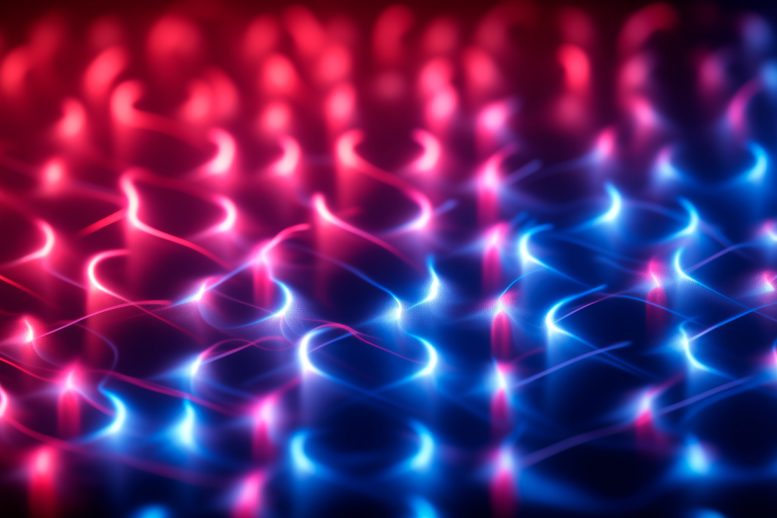
A new study argues that the Wiedemann-Franz law, linking electronic and thermal conductivity, is still valid for copper oxide superconductors. The research suggests that discrepancies in quantum materials stem from non-electronic factors like lattice vibrations. This finding is significant for understanding unconventional superconductors and may lead to advancements in the field. Credit: SciTechDaily.com
This surprising result is important for understanding unconventional superconductors and other materials where electrons band together to act collectively.
Long before researchers discovered the electron and its role in generating electrical current, they knew about electricity and were exploring its potential. One thing they learned early on was that metals were great conductors of both electricity and heat.
Discovery of the Wiedemann-Franz Law
In 1853, two scientists showed that those two admirable properties of metals were somehow related: At any given temperature, the ratio of electronic conductivity to thermal conductivity was roughly the same in any metal they tested. This so-called Wiedemann-Franz law has held ever since – except in quantum materials, where electrons stop behaving as individual particles and glom together into a sort of electron soup. Experimental measurements have indicated that the 170-year-old law breaks down in these quantum materials, and by quite a bit.
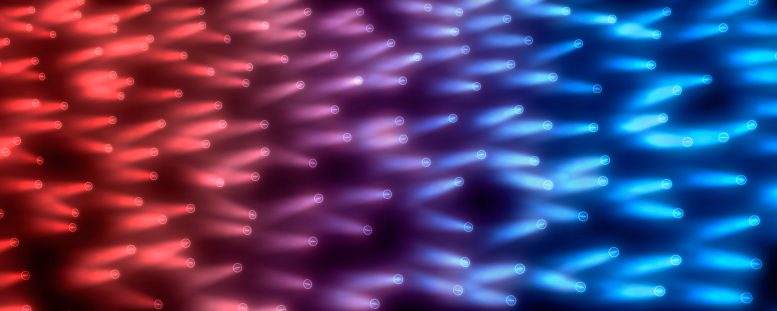
An illustration shows strongly interacting electrons carrying heat and charge from warmer to cooler regions of a quantum material. A theoretical study by SLAC, Stanford, and the University of Illinois found that the ratio of heat transport to charge transport in cuprates – quantum materials like this one, where electrons glom together and act cooperatively – should be similar to the ratio in normal metals, where electrons behave as individuals. This surprising result overturns the idea that the 170-year-old Wiedemann-Franz law does not apply to quantum materials. Credit: Greg Stewart/SLAC National. Accelerator Laboratory
New Insights Into Quantum Materials
Now, a theoretical argument put forth by physicists at the Department of Energy’s SLAC National Accelerator Laboratory, Stanford University and the University of Illinois suggests that the law should, in fact, approximately hold for one type of quantum material – the copper oxide superconductors, or cuprates, which conduct electricity with no loss at relatively high temperatures.
In a paper published in the journal Science on November 30, they propose that the Wiedemann-Franz law should still roughly hold if one considers only the electrons in cuprates. They suggest that other factors, such as vibrations in the material’s atomic latticework, must account for experimental results that make it look like the law does not apply.
Understanding Unconventional Superconductors
This surprising result is important to understanding unconventional superconductors and other quantum materials, said Wen Wang, lead author of the paper and a PhD student with the Stanford Institute for Materials and Energy Sciences (SIMES) at SLAC.
“The original law was developed for materials where electrons interact with each other weakly and behave like little balls that bounce off defects in the material’s lattice,” Wang said. “We wanted to test the law theoretically in systems where neither of these things was true.”
Peeling a Quantum Onion
Superconducting materials, which carry electric current without resistance, were discovered in 1911. But they operated at such extremely low temperatures that their usefulness was quite limited.
That changed in 1986, when the first family of so-called high-temperature or unconventional superconductors – the cuprates – was discovered. Although cuprates still require extremely cold conditions to work their magic, their discovery raised hopes that superconductors could someday work at much closer to room temperature – making revolutionary technologies like no-loss power lines possible.
After nearly four decades of research, that goal is still elusive, although a lot of progress has been made in understanding the conditions in which superconducting states flip in and out of existence.
Role of Theoretical Studies and Hubbard Model
Theoretical studies, performed with the help of powerful supercomputers, have been essential for interpreting the results of experiments on these materials and for understanding and predicting phenomena that are out of experimental reach.
For this study, the SIMES team ran simulations based on what’s known as the Hubbard model, which has become an essential tool for simulating and describing systems where electrons stop acting independently and join forces to produce unexpected phenomena.
The results show that when you only take electron transport into account, the ratio of electronic conductivity to thermal conductivity approaches what the Wiedemann-Franz law predicts, Wang said. “So, the discrepancies that have been seen in experiments should be coming from other things like phonons, or lattice vibrations, that are not in the Hubbard model,” she said.
Future Research Directions
SIMES staff scientist and paper co-author Brian Moritz said that although the study did not investigate how vibrations cause the discrepancies, “somehow the system still knows that there is this correspondence between charge and heat transport amongst the electrons. That was the most surprising result.”
From here, he added, “maybe we can peel the onion to understand a little bit more.”
Reference: “The Wiedemann-Franz law in doped Mott insulators without quasiparticles” by Wen O. Wang, Jixun K. Ding, Yoni Schattner, Edwin W. Huang, Brian Moritz and Thomas P. Devereaux, 30 November 2023, Science.
DOI: 10.1126/science.ade3232
Major funding for this study came from the DOE Office of Science. Computational work was carried out at Stanford University and on resources of the National Energy Research Scientific Computing Center, which is a DOE Office of Science user facility.

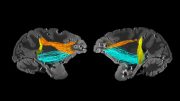
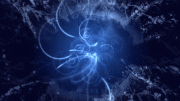
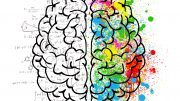
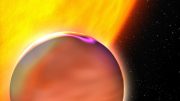
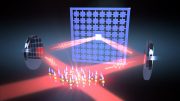
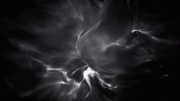
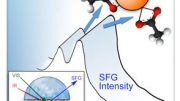
Somehow the system still knows that there is this correspondence between charge and heat transport amongst the electrons. That was the most surprising result.
According to topological vortex gravitational field theory, spin generates gravitation, spin generates energy, spin generates evolution, spin generates time. In the interaction of topological vortices, the world is an interconnected whole. Each particles has its own phase field. Every particles maintain the state of themselves in space and time through the interaction and balance of these phase fields.
CP violation is a pseudoscientific theory spread by Physical Review Letters (PRL).
Today, CP violation has been viewed by contemporary physics as the key to a deeper understanding of both the behaviour of elementary particles and the Big Bang origin of the universe. Here is an introduction to the CP violations by Proceedings of The National Academy of Sciences (PNAS).
1. If CP-symmetry is not violated, then the matter and antimatter that would have been produced in equal amounts in the early universe would have been annihilated, leaving behind only radiation, whereas theories with CP-violation can explain why, as the universe evolved, a little more matter survived than antimatter, and that makes up the matter we see.
2. There’s strong evidence that elementary particles called quarks (which constitute protons and neutrons) do violate CP-symmetry. The first indication of this came in 1964, when Val Fitch and James Cronin at the Brookhaven National Laboratory discovered violations of CP-symmetry in the decay of K-mesons, which are composed of one type of quark and another type of antiquark. Fitch and Cronin were awarded the Nobel Prize in Physics in 1980 for their efforts.
3. Still, the amount of violation is not enough to explain the excess of matter. So, physicists have begun looking for CP-violation in other classes of particles, such as leptons, the group which includes electrons and neutrinos, among others.
Experiments around the world are looking for signs of the charge conjugation and parity (CP) symmetry violation. However, in scientific research, falsifiable is more important than confirmation. If the topological vortex and its twin anti-vortex conform to the physical characteristics of matter and anti-matter, no one believes that in topological phase transition, a little more matter survived than antimatter.
Although there are many doubts and inconsistencies regarding CP violations, the Physical Review Letters (PRL) and the Proceedings of the National Academy of Sciences (PNAS) still refuse to discuss this topic. This is the hypocrisy, dirtiness, and ugliness of contemporary physics and so-called academic journals.
The interaction between materials and environmental factors very important, and its physical essence is the synchronous effect of topological vortices.
The system still knows that there is this correspondence between charge and heat transport amongst the electrons is not a surprising result.
If you are really interested in science, you can browse the comments of the https://scitechdaily.com/microscope-spacecrafts-most-precise-test-of-key-component-of-the-theory-of-general-relativity/.
I hope more people dare to stand up and fight against the rampant pseudoscience, instead of being fooled by the pseudoscientific ideas of the Physics Review Letters (PRL).
Good luck to you all.